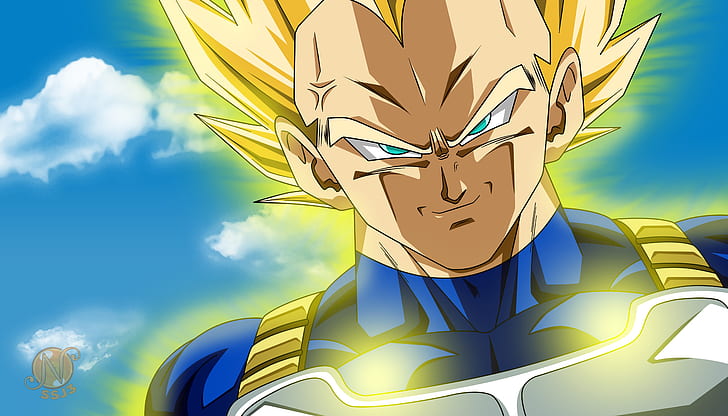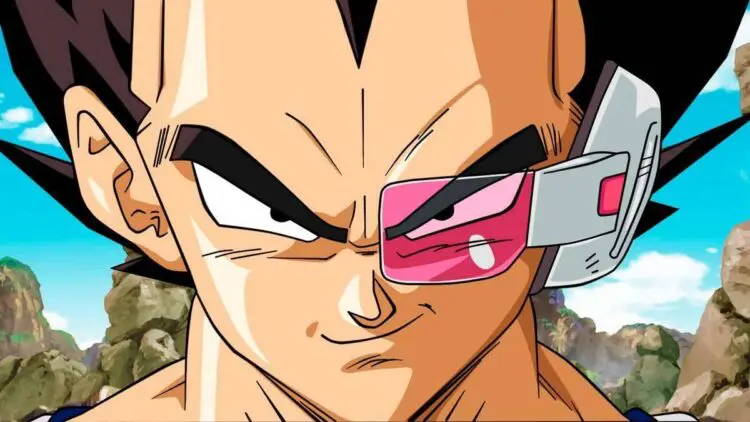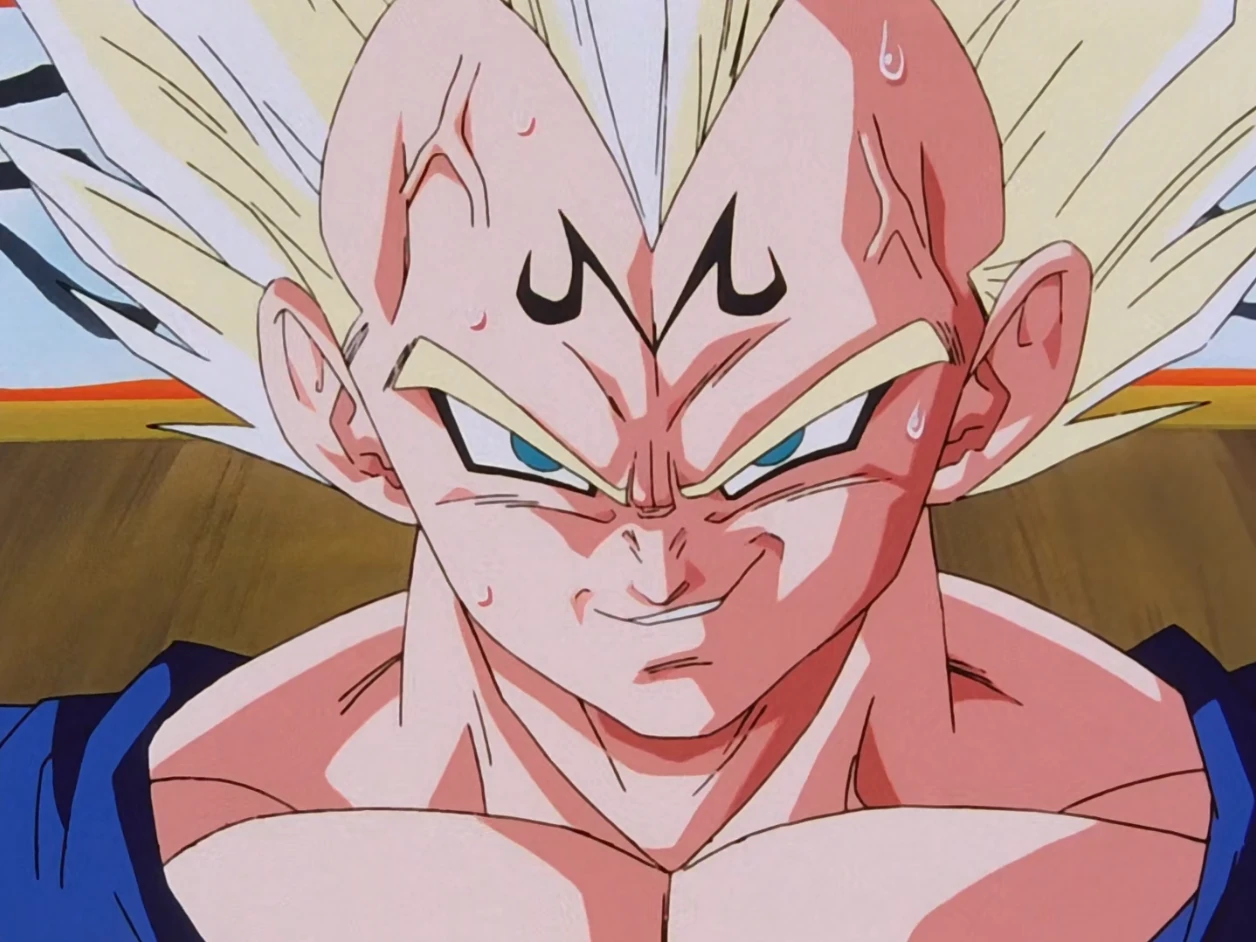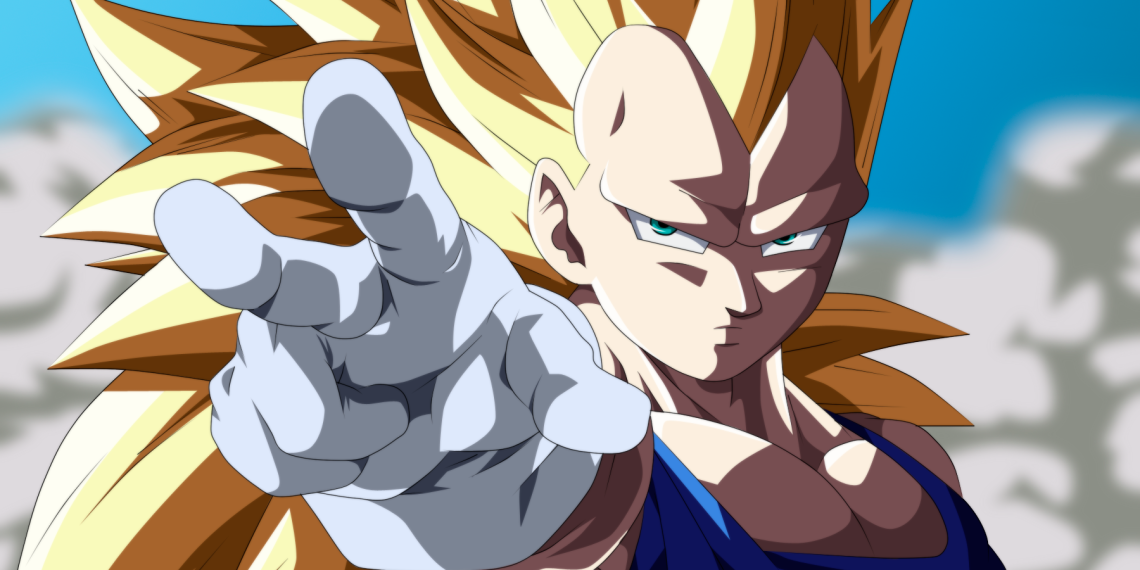The Super Saiyan transformation is one of the most iconic aspects of the Dragon Ball franchise, and it has left fans buzzing ever since its first introduction. From the classic Super Saiyan form to Super Saiyan 2, and Super Saiyan 3, the evolution of these transformations has marked significant moments in the series. Yet, despite his immense power and dedication, Vegeta never achieved Super Saiyan 3, a question that has intrigued fans for years.
In a recent revelation, Dragon Ball creator Akira Toriyama shared the reasons behind this creative decision, offering insight into why Vegeta, despite being one of the series’ most powerful characters, was never able to attain this transformation. Toriyama’s explanation sheds light not only on Vegeta’s character but also on the larger narrative and creative direction of the Dragon Ball series. Fans of the Saiyan Prince had long speculated about his potential to reach Super Saiyan 3, especially given his rivalry with Goku. But Toriyama’s reasoning goes beyond mere power scaling; it touches on the essence of Vegeta’s character, as well as the broader themes within the Dragon Ball universe.
In this, we will explore Toriyama’s reasoning for why Vegeta couldn’t achieve Super Saiyan 3, unpack the implications of this decision, and look at how Vegeta’s character evolved in the process. Let’s examine the reasons behind this iconic missed transformation and what it means for Dragon Ball fans.
Understanding Super Saiyan 3 and Its Power

Before going into the reasons why Vegeta could not achieve Super Saiyan 3, it’s essential to understand the significance of this transformation. Super Saiyan 3 was first seen in Dragon Ball Z during the Majin Buu saga, where Goku unlocked the transformation to combat the powerful antagonist. Unlike previous forms, Super Saiyan 3 is marked by an enormous surge in power and dramatic physical changes, including longer hair and an intense aura.
However, with this increase in strength, there came a significant drawback: the transformation was extremely taxing on the body. Goku revealed that maintaining Super Saiyan 3 consumed an overwhelming amount of energy, making it unsustainable for extended periods, particularly when not in peak physical condition or without the support of the afterlife. This limitation made Super Saiyan 3 a form that, while powerful, came with inherent disadvantages, especially in a battle where endurance and efficiency were critical.
Akira Toriyama’s Decision Behind Vegeta’s Inability to Transform
The Focus on Goku’s Development
Akira Toriyama’s decision to restrict Vegeta from reaching Super Saiyan 3 was tied closely to the narrative and character development of Goku. Throughout the series, Goku is portrayed as the ultimate fighter, always pushing his limits and discovering new transformations. Super Saiyan 3 was introduced as a manifestation of Goku’s relentless training and his continuous journey to surpass his own limits.
Vegeta, while an incredibly strong and determined fighter, has always been portrayed as Goku’s rival. However, Toriyama chose to have their growth paths differ to maintain Goku’s status as the protagonist. Giving Vegeta the Super Saiyan 3 transformation would have blurred the lines between the two characters’ arcs. In a sense, Goku needed to maintain a level of uniqueness in his abilities, and Super Saiyan 3 was one of the ways to keep him distinct in terms of power.
Vegeta’s Character Development

Vegeta’s character arc has always revolved around pride, growth, and redemption. While Goku continues to grow through constant training and discovering new techniques, Vegeta’s journey is often more internal. His pride as a Saiyan prince has always been a driving force, and his desire to surpass Goku is rooted not in a need for new powers but in his intense determination to prove himself.
By not granting Vegeta the Super Saiyan 3 transformation, Toriyama preserved the tension between Goku and Vegeta. Vegeta’s strength is shown in other ways—through his intense training, his sheer willpower, and his cleverness in battle. While Goku’s transformations are more about unlocking hidden power, Vegeta’s strength comes from pushing beyond his own limits, often through sheer resolve and ingenuity.
Power Scaling and Narrative Balance
Another critical aspect of Toriyama’s decision was power scaling. In the Dragon Ball universe, transformations are often used as plot devices for the stakes of a battle. However, introducing too many powerful forms could quickly disrupt the balance of the story. By not giving Vegeta Super Saiyan 3, Toriyama ensured that there was a clear hierarchy in terms of power, with Goku leading the charge in terms of raw strength.
At the time of Super Saiyan 3’s introduction, Goku was the only character able to use it, and allowing other characters like Vegeta to reach that level could have complicated the story’s progression. Instead, Toriyama allowed Vegeta to continue growing in his own way, evolving through other transformations, such as Super Saiyan God and Super Saiyan Blue, which kept the narrative dynamic and exciting.
Vegeta’s Other Transformations: A Unique Path to Power

While Vegeta may have been unable to reach Super Saiyan 3, his other transformations have been significant to his character’s growth. After the events of the Dragon Ball Z series, Vegeta’s journey didn’t stop with the Super Saiyan 2 form. In Dragon Ball Super, Vegeta unlocked the powerful Super Saiyan God transformation, which he achieved through intense training and dedication.
The introduction of Super Saiyan Blue (or Super Saiyan God Super Saiyan) was another milestone for Vegeta. This form combined the power of Super Saiyan God with the Super Saiyan transformation, making it one of the most powerful states in the Dragon Ball series. Vegeta’s mastery over these forms showcased his adaptability and growth as a fighter, even without reaching Super Saiyan 3.
Moreover, Vegeta’s bond with his family and his commitment to being a protector of Earth added depth to his character, making him more relatable and multi-dimensional. His evolution was less about raw power and more about personal growth, making his journey just as engaging as Goku’s.
The Strategic Importance of Toriyama’s Decision
In the end, Akira Toriyama’s decision to prevent Vegeta from achieving Super Saiyan 3 was not a mere oversight or a missed opportunity. It was a deliberate choice to maintain narrative coherence, character consistency, and the power dynamics between Goku and Vegeta. While fans may have wanted to see Vegeta reach new heights, Toriyama’s decision helped preserve the unique traits and arcs of both characters, ensuring that Goku would continue to lead the charge in terms of power while Vegeta’s strength grew in more meaningful, character-driven ways.
As Dragon Ball continues to evolve, the legacy of these decisions remains a significant part of the series. Whether through the Super Saiyan God forms or other transformations, Vegeta’s journey remains one of growth, pride, and redemption, making him one of the most beloved characters in anime history.





